Vermont's 2nd congressional district
"VT-2" redirects here. VT-2 may also refer to U.S. Route 2 in Vermont.
Vermont's 2nd congressional district is an obsolete district. It was created upon Vermont's admission as the 14th State in 1791. It was eliminated after the 1930 Census. Its last Congressman was Ernest W. Gibson, who was redistricted into the At-large district.
Representatives
Vermont had district representation upon admission as the 14th State on March 4, 1791. From 1813-1821, beginning with the 13th Congress, Vermont elected its US Representatives statewide At-Large. After the 16th Congress, Vermont returned to electing Congressmen from districts. Vermont returned to a single At-large district after losing its second Representative following redistricting resulting from the 1930 Census.
| Representative | Party | Term | Electoral history |
|---|---|---|---|
| Vacant | March 4, 1791 – October 16, 1791 |
||
 Nathaniel Niles Nathaniel Niles |
Anti-Administration | October 17, 1791 – March 3, 1795 |
Lost re-election |
 Daniel Buck Daniel Buck |
Federalist | March 4, 1795 – March 3, 1797 |
Won re-election but declined the seat |
| Vacant | March 4, 1797 – May 23, 1797 | ||
 Lewis R. Morris Lewis R. Morris |
Federalist | May 24, 1797 – March 3, 1803 |
Lost re-election |
 James Elliott James Elliott |
Federalist | March 4, 1803 – March 3, 1809 |
Retired |
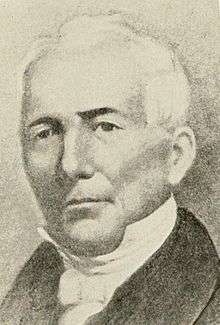 Jonathan H. Hubbard Jonathan H. Hubbard |
Federalist | March 4, 1809 – March 3, 1811 |
Lost re-election |
 William Strong William Strong |
Democratic-Republican | March 4, 1811 – March 3, 1813 |
Redistricted to the at-large district |
| District inactive | March 4, 1813 – March 3, 1821 | ||
 Phineas White Phineas White |
Democratic-Republican | March 4, 1821 – March 3, 1823 |
Retired |
 William C. Bradley William C. Bradley |
Adams-Clay Democratic-Republican | March 4, 1823 – March 3, 1825 |
Redistricted to the 1st district |
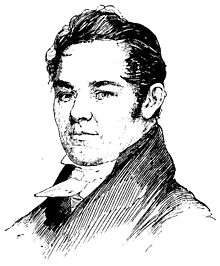 Rollin C. Mallary Rollin C. Mallary |
Adams | March 4, 1825 – April 15, 1831 |
Died |
| Vacant | April 16, 1831 – November 1, 1831 | ||
 William Slade William Slade |
Anti-Masonic | November 1, 1831 – March 3, 1837 | |
| Whig | March 4, 1837 – March 3, 1843 |
Resigned to become Reporter of the Vermont Supreme Court | |
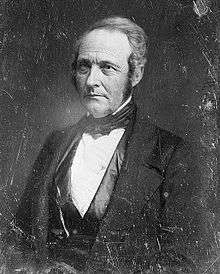 Jacob Collamer Jacob Collamer |
Whig | March 4, 1843 – March 3, 1849 |
Resigned to become U.S. Postmaster General |
 William Hebard William Hebard |
Whig | March 4, 1849 – March 3, 1853 |
Retired |
 Andrew Tracy Andrew Tracy |
Whig | March 4, 1853 – March 3, 1855 |
Retired |
 Justin S. Morrill Justin S. Morrill |
Whig | March 4, 1855 – March 3, 1857 |
Elected to U.S. Senate |
| Republican | March 4, 1857 – March 3, 1867 | ||
 Luke P. Poland Luke P. Poland |
Republican | March 4, 1867 – March 3, 1875 |
Lost re-election |
 Dudley C. Denison Dudley C. Denison |
Independent Republican | March 4, 1875 – March 3, 1877 |
Retired |
| Republican | March 4, 1877 – March 3, 1879 | ||
 James M. Tyler James M. Tyler |
Republican | March 4, 1879 – March 3, 1883 |
Retired |
 Luke P. Poland Luke P. Poland |
Republican | March 4, 1883 – March 3, 1885 |
Retired |
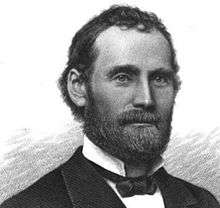 William W. Grout William W. Grout |
Republican | March 4, 1885 – March 3, 1901 |
Retired |
 Kittredge Haskins Kittredge Haskins |
Republican | March 4, 1901 – March 3, 1909 |
Lost re-election |
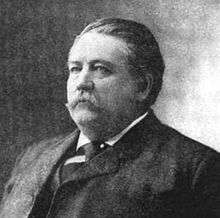 Frank Plumley Frank Plumley |
Republican | March 4, 1909 – March 3, 1915 |
Retired |
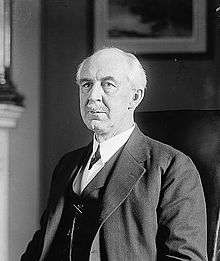 Porter H. Dale Porter H. Dale |
Republican | March 4, 1915 – August 11, 1923 |
Elected to U.S. Senate |
| Vacant | August 12, 1923 – November 5, 1923 | ||
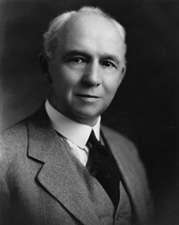 Ernest W. Gibson Ernest W. Gibson |
Republican | November 6, 1923 – March 3, 1933 |
Redistricted to the at-large district |
References
- Martis, Kenneth C. (1989). The Historical Atlas of Political Parties in the United States Congress. New York: Macmillan Publishing Company.
- Martis, Kenneth C. (1982). The Historical Atlas of United States Congressional Districts. New York: Macmillan Publishing Company.
- Congressional Biographical Directory of the United States 1774–present
This article is issued from Wikipedia - version of the 10/31/2016. The text is available under the Creative Commons Attribution/Share Alike but additional terms may apply for the media files.